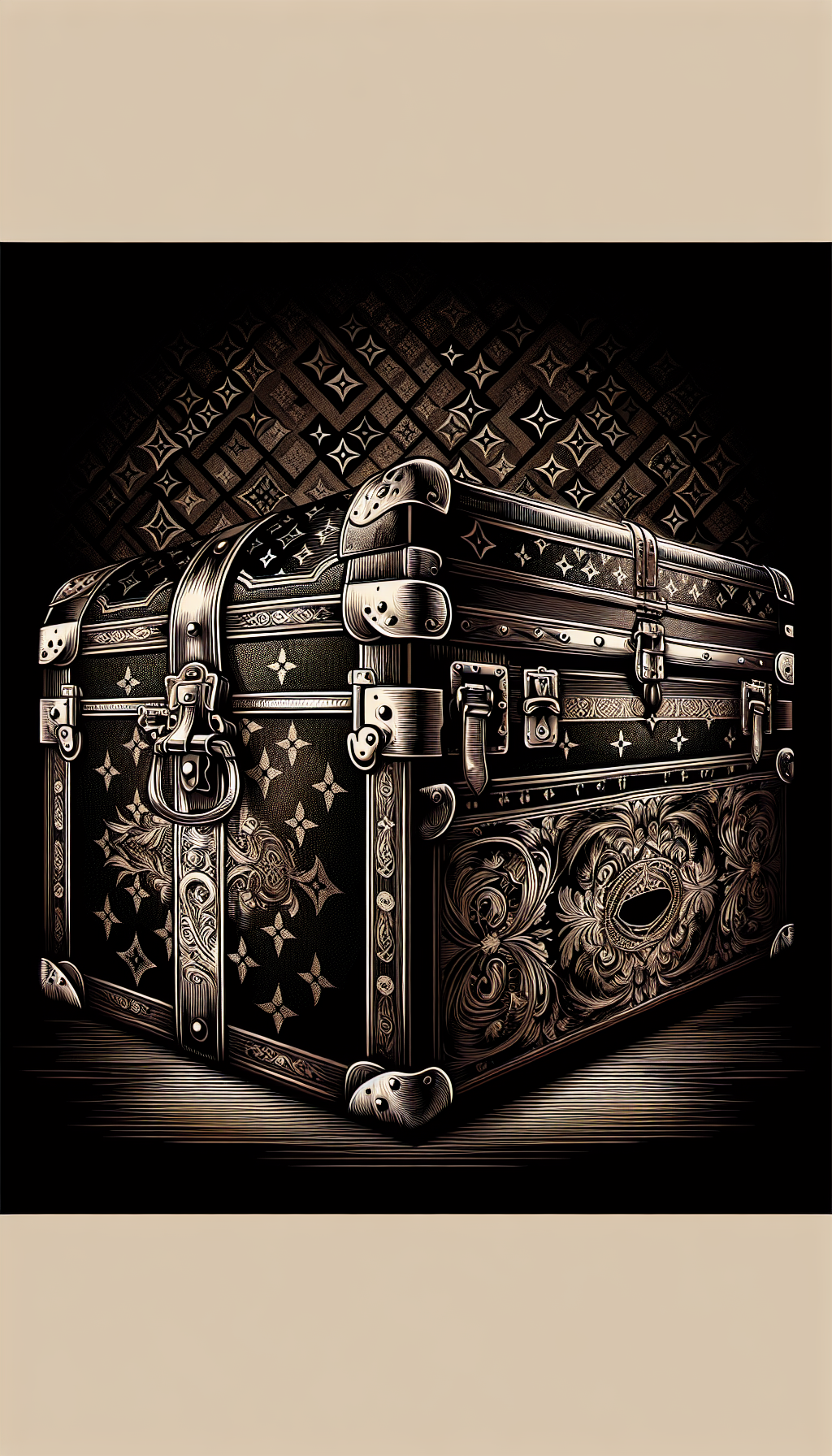Unlocking The Worth Of History: The Surprising Value Of Old National Geographic Magazines
Few periodicals blend scholarship, adventure, photography, and cultural memory like National Geographic. For collectors and appraisers, that mix can translate into real value—but only for the right issues in the right condition. This guide explains what makes some copies sought-after, how to evaluate them, what they’re really worth, and how to preserve or sell them effectively.
Why Some Old National Geographic Issues Are Valuable (and Most Are Not)
National Geographic began publishing in 1888. Over time its circulation ballooned, especially from the 1950s through the 1990s, when millions of subscribers stacked yellow-spined issues on living-room shelves. That massive supply is the core reason most issues from the mid-20th century onward have limited monetary value.
Here’s the short, candid overview:
- Abundant eras are largely common. Issues from the 1950s–1990s are widely available, often selling for a few dollars apiece, if they sell at all.
- Scarcity drives value. Pre-1920 issues—particularly 19th-century numbers—were printed in much smaller quantities and are far harder to find in excellent condition.
- Completeness matters. The magazine is famous for fold-out maps and other inserts; missing supplements can devalue an issue or an annual run substantially.
- Content draws collectors. Landmark expeditions, early photography-heavy issues, and iconic covers can generate demand. But a famous cover in a high-print-run era rarely equals high value by itself.
- Condition rules. As with all paper ephemera, sharp, clean, and structurally sound copies are worth far more than worn ones.
For appraisers, the baseline expectation is: common later issues have modest resale value; early, scarce, complete, and well-preserved issues can be worth real money.
Appraisal Framework: Age, Condition, Completeness, Content, Provenance
A disciplined appraisal hinges on five pillars. Apply them in this order for consistent outcomes.
- Age and scarcity
- 1888–1899: Very scarce, especially early volumes; even imperfect examples can be significant.
- 1900–1919: Increasing print runs but still relatively scarce; choice content and inserts add desirability.
- 1920–1939: Stronger production, many map supplements; collectible in high grade with inserts intact.
- 1940–1969: Common overall; exceptions for desirable maps or standout articles.
- 1970–present: High circulation; limited market except for pristine copies of popular covers, sets, or special attributes.
- Condition (grade conservatively)
- Key defects: detached or missing covers, spine splits or chips, moisture damage, mildew/odor, heavy creasing, tears, brittleness, foxing, annotations, and sunning.
- Mailing labels: A subscriber label on the cover typically reduces desirability vs. newsstand copies. Do not attempt removal; damage will worsen the grade.
- Grading language: Near Fine (sharp, supple, vivid color, minimal wear), Very Good (light wear, small flaws), Good (noticeable wear, minor losses), Fair/Poor (major defects). Collectors pay exponentially more for Near Fine vs. Good.
- Completeness of inserts and supplements
- Fold-out maps, posters, and special supplements were frequent. Missing pieces can cut value deeply—often by 30–70%—particularly for early decades or for map-centric issues.
- Verify each issue’s original contents. For annual runs, check that all maps for the year accompany the set.
- Content significance and cover appeal
- Exploration milestones, breakthrough photography, and zeitgeist-defining topics attract bids. Early features on polar expeditions, archaeological discoveries, and first-person expedition accounts are perennial favorites.
- Iconic covers (for example, the Afghan Girl portrait in 1985) are culturally important; however, common-era print runs mean most copies still trade modestly unless in exceptional condition or within curated sets.
- Provenance and association
- Signed copies (authors, explorers, photographers) and association copies (owned by or inscribed to notable figures) can add a premium.
- Institutional stamps and library bindings complicate value. They can preserve material but detract for collectors who want unaltered magazines.
Notable Issues and Inserts Worth Flagging, With Realistic Price Ranges
The following examples illustrate broad patterns. Values assume authentic, unrestored copies; ranges vary by condition, and presence of all inserts is critical.
Earliest era (1888–1899)
- Why notable: Foundational issues with low survival rates; historically significant.
- Typical range: Several hundred dollars per issue in complete, sound condition; the earliest numbers can reach into the low thousands. Incomplete or rough examples still may be meaningful but at steep discounts.
Early 1900s to World War I (1900–1918)
- Why notable: Early photographic features, exploration accounts, and formative map supplements.
- Typical range: $40–$300 per issue depending on condition and content; exceptional or scarce numbers can exceed this, especially with all fold-outs present.
Interwar years and map-rich 1920s–1930s
- Why notable: Abundant, beautifully produced maps; strong travel and archaeology features.
- Typical range: $15–$75 per issue in Very Good to Near Fine with all inserts. Full-year sets with maps often bring $75–$250 depending on grade and completeness.
World War II era (1940–1945)
- Why notable: War coverage and strategic maps.
- Typical range: $10–$40 per issue in collectible condition; complete wartime year runs with maps $60–$150.
Postwar boom to the 1960s
- Why notable: High circulation, visually appealing covers; still common.
- Typical range: $5–$20 per issue; complete years $30–$80 when clean and complete with maps.
1970s–1990s (including iconic covers)
- Why notable: Cultural touchstones (space exploration, environmental issues), but very large print runs.
- Typical range: $1–$10 per issue; premium only for pristine condition, curated topical sets, or signed/association copies. The June 1985 “Afghan Girl” issue is widely collected but usually modestly priced unless truly Near Mint.
Bound volumes and institutional bindings
- Why notable: Early material preserved as half-leather or cloth-bound sets; often trimmed by binders.
- Typical range: As décor and reference, early bound volumes can be attractive, but trimming and library marks reduce collector value for individual issues. Values vary widely: a single early bound volume might bring $50–$300+ depending on age and condition; multi-volume early runs can bring more.
Maps and loose supplements
- Why notable: Often collected separately; early or specialized maps are display-worthy.
- Typical range: Common mid-century maps $5–$20; earlier or scarce maps $25–$150+. Complete annual map packets command stronger prices than single loose maps.
Keep in mind: These are ballpark ranges derived from typical market behavior. Exceptional provenance, extraordinary condition, or a particularly scarce issue can exceed them; conversely, stains, tears, or missing maps can drop a piece to nominal value.
How to Pull Comps and Avoid Pricing Traps
Asking prices are not sale prices. Ground your appraisal in confirmed, recent transactions.
- Comp by exact issue. Note year, month, volume/number, and whether all inserts are present. Photograph or inventory inserts to avoid disputes.
- Grade conservatively, then search sold data. Compare to copies with similar visible condition—spine integrity, cover gloss, mailing label presence, and map completeness.
- Adjust for defects. Missing a fold-out map? Expect a substantial discount. Detached cover or heavy spine chipping? Discount more.
- Consider set premiums. Complete, clean annual runs with all maps can outperform piecemeal sales; conversely, breaking a partial or mixed-condition year into singles may net more.
- Beware of overfitted “iconic cover” expectations. Popular covers from common eras rarely sell high without top condition and presentation.
- Value your time and shipping. Low-value issues can cost more to handle than they return. Bundling by topic (e.g., space, Egyptology, polar exploration) or decade can increase sell-through while controlling labor.
Pricing traps to avoid:
- Treating “what someone is asking” as market value.
- Assuming bound volumes equal “complete in original state.” Trimming and library markings matter.
- Spending on amateur repairs. Tape, glue, and bleaching almost always decrease value.
Selling and Preservation Basics
When and how you sell should reflect what you have.
Selling strategies
- Identify the winners. Pull out pre-1920 issues, scarce maps, complete early years, topical sets with broad appeal, and pristine iconic covers.
- Choose the right venue. Specialist ephemera dealers and established auction channels are better for early, higher-value material. General online marketplaces work for common runs, maps, and themed bundles.
- Describe precisely. State condition, note defects, and list all inserts. Clear photos of the spine, front, back, and unfolded maps build trust.
- Bundle with intent. Group by decade, region (Africa, Arctic, Pacific), or theme (archaeology, space, WWII). Themed lots often outperform random assortments.
- Pack professionally. Bag issues individually or in small groups with acid-free materials. Use rigid backing and sturdy boxes. Avoid rubber bands and tight shrink-wrap that can warp spines.
Preservation to protect value
- Storage: Cool, dry, and stable—around 60–70°F and 40–55% relative humidity. Avoid basements and attics.
- Enclosures: Use archival (acid-free, preferably buffered) sleeves and boards. Polyester or polypropylene sleeves work well for display and handling.
- Positioning: Store upright with even support to prevent spine roll. Do not overpack shelves.
- Handling: Clean, dry hands; support the spine; unfold maps carefully and avoid repeated flexing.
- Labels and marks: Never peel mailing labels; do not erase pencil or pen marks unless guided by a conservator.
- Conservation: Professional treatment is justified only for early, high-value issues. Amateur tape jobs and bleaching are value-negative.
Quick Appraisal Checklist
- Identify issue: year, month, volume/number.
- Verify completeness: are all fold-out maps and supplements present?
- Grade condition conservatively: cover attachment, spine, pages (tears, stains, foxing, brittleness), odors, annotations.
- Note label status: subscriber label present? Don’t remove it.
- Flag significance: early (pre-1920), notable expedition/archaeology/war coverage, iconic cover, signed or association.
- Decide disposition: sell as singles, as full years with maps, or as themed bundles.
- Pull comps: confirm recent sales for the exact issue and condition.
- Package and store: archival sleeves and boards; cool, dry, upright storage.
FAQ
Q: Are old National Geographic magazines from the 1960s and 1970s worth anything? A: Most are common and sell for a few dollars each at best. Clean, complete annual runs, themed bundles, or pristine copies of popular covers can perform better, but expectations should be modest.
Q: Do mailing labels ruin the value? A: Labels typically reduce desirability versus newsstand copies, but attempting removal usually causes cover damage and lowers value further. Leave labels intact and grade accordingly.
Q: How much does a missing map affect price? A: It depends on the era and the map, but a missing fold-out often reduces value by 30–70% for that issue or year set. Early and sought-after maps carry the steepest penalties when absent.
Q: Are bound library volumes collectible? A: They can be, especially for early years, but trimming and library markings reduce value to magazine purists. Treat them as a different category: attractive and historically useful, yet typically worth less than complete, unbound issues in comparable condition.
Q: What about the June 1985 “Afghan Girl” issue—Is it valuable? A: It’s iconic, but the high print run keeps prices modest. Only exceptionally well-preserved examples or copies with special provenance tend to command a premium.




